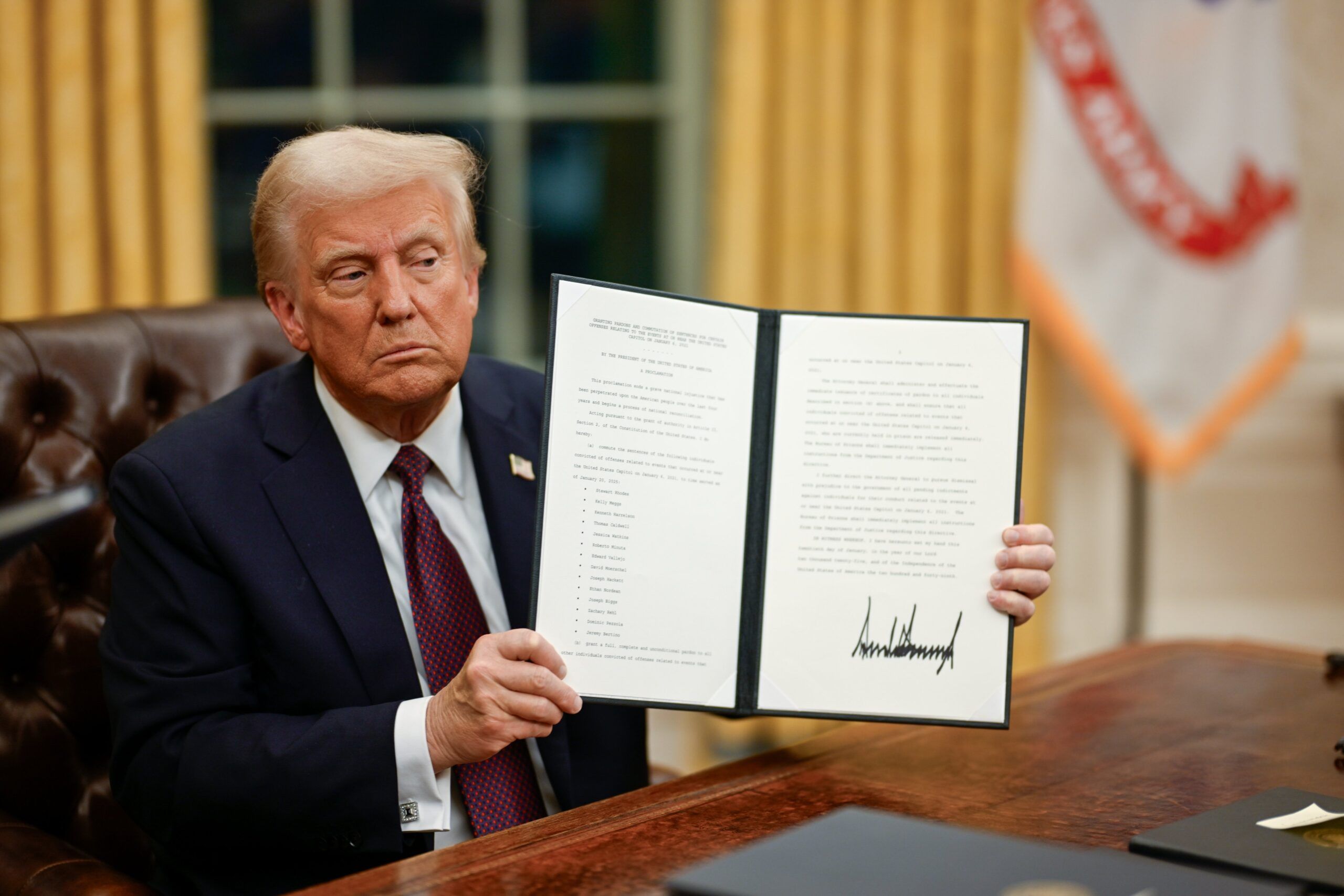
US President Donald Trump escalated his trade rhetoric on Tuesday, promising tariffs against the European Union (EU) and reiterating his intention to impose a 10% duty on Chinese imports.
These threats come just a day after his inauguration. On Tuesday, he also announced implementing 25% tariffs on Canada and Mexico unless those nations take steps to combat illegal migration and fentanyl trafficking.
Trump during his election campaign pledged sweeping tariffs against several nations, including levies of 60% on Chinese products.
Why Trump wants tariffs on EU and China
Trump cited the ongoing crisis of fentanyl trafficking as a key justification for new trade measures.
He accused China of facilitating the flow of fentanyl precursors into the US via Canada and Mexico, which has contributed to a devastating opioid epidemic.
“The European Union is very, very bad to us,” Trump said during remarks at the White House, emphasising the need to address the EU’s trade surplus with the US.
He added, “So they’re going to be in for tariffs. It’s the only way … you’re going to get fairness.”
White House trade adviser Peter Navarro defended the administration’s approach in an interview with CNBC.
He highlighted the human toll of fentanyl overdoses, which claim approximately 300 American lives daily, as the driving force behind the tariff threats.
“The reason why [Trump’s] considering 25, 25 and 10 [percent tariffs on Canada, Mexico, and China] is because of the human cost,” Navarro explained.
Trump also signed a broad trade memorandum on Monday, ordering federal agencies to complete a detailed review of persistent US trade deficits, unfair trade practices, and currency manipulation.
The memo sets an April 1 deadline for recommendations on remedies, which could include a “global supplemental tariff” and revisions to the de minimis duty-free exemption for low-value imports often linked to illicit goods.
Reaction to Trump’s tariff threats
Canada and Mexico responded cautiously to Trump’s threats.
Mexican President Claudia Sheinbaum stressed her nation’s sovereignty and independence in addressing U.S. demands. “We will respond step by step,” Sheinbaum said, adding that the U.S.-Mexico-Canada Agreement (USMCA) is not up for renegotiation until 2026.
Canadian Prime Minister Justin Trudeau has pledged to respond firmly to potential U.S. tariffs, stating, “If the [US] president decides to move forward with tariffs, Canada will respond, and all options are on the table.”
Reports suggest Ottawa is preparing counter-tariffs valued at billions of dollars in retaliation.
Chinese Vice Premier Ding Xuexiang cautioned against the consequences of a trade war, emphasising that “there are no winners” in such conflicts.
Speaking at the World Economic Forum in Davos, Switzerland, Ding stated, “Protectionism leads nowhere. A trade war has no winners,” according to an official English translation.
The post US President Donald Trump renews tariff threats on EU, sets deadline for China appeared first on Invezz

